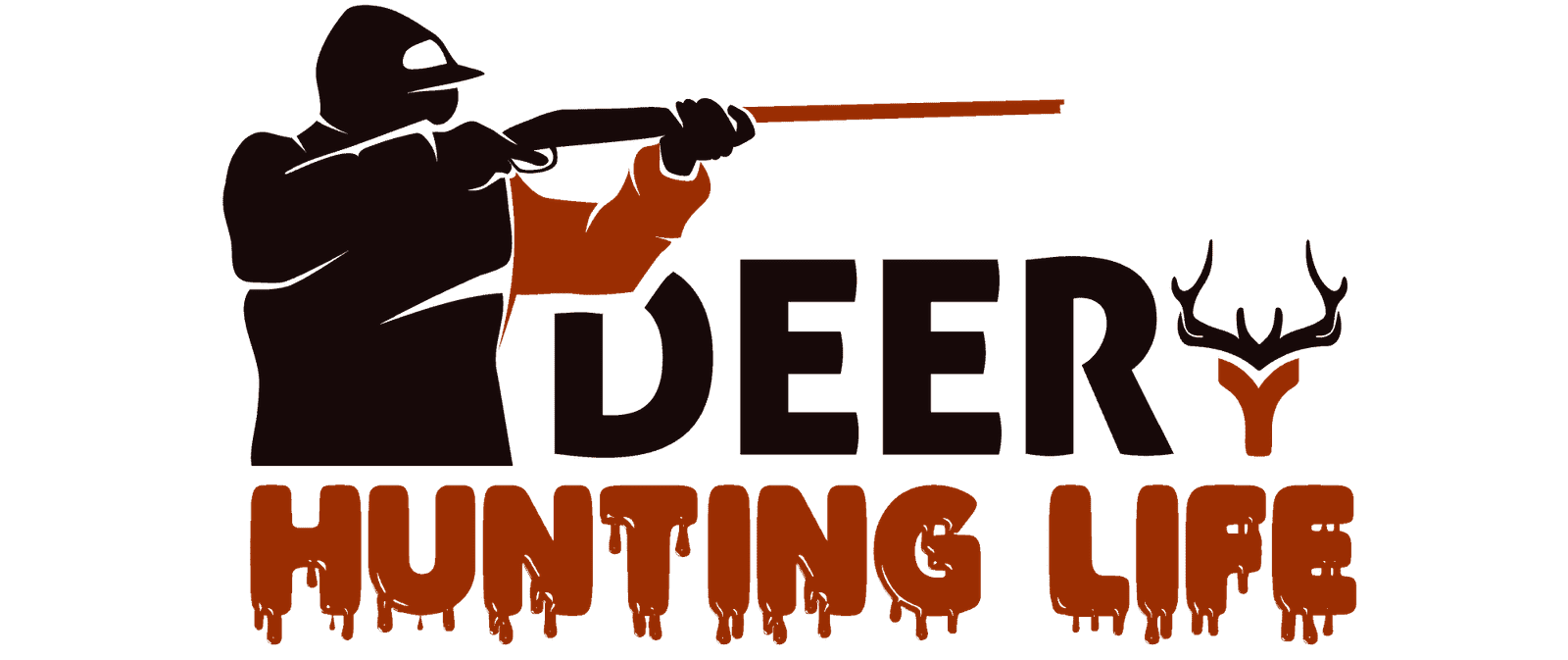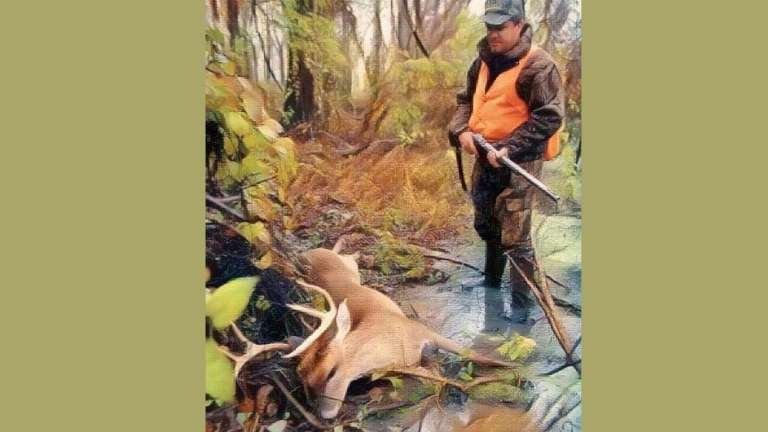There are some extremely significant dos and don’ts when it comes to approaching a deer or any other wild animal that you think to be dead, despite what you may see on hunting shows. How should a downed deer be approached?
You should approach a downed deer or other large animal gently from above and behind the head. Wait for a few minutes at a safe distance if the animal looks to be dead. Keep an eye out for any chest cavity peaks or valleys. If the eye does not blink when a stick is placed in it, the animal is definitely dead.
How should a downed deer be approached?
1. Approach deer from behind the head
Start by approaching the animal from the downwind side. If it’s still alive and it scents you, it will panic and try to get away by standing up. To ensure the animal doesn’t scent you, discreetly approach the animal from the downwind side.
2. Check if eyes are open
Try to look into the deer’s eyes as you move closer to it. If eyes are open it usually means that the deer is dead. Animals pass away with their eyes open, and they experience a blue haze afterward.
3. Look into its chest
From the downwind side, approach the animal and look into its chest for any indication of breathing. Due to the nerves present there, hunters often touch or bump animals at the base of their tails.
4. You determine that a downed animal is dead
If the animal is alive, it will respond in some way if those nerves are hit. Sticking the animal on the rump above the base of the tail is acceptable but using a rifle barrel and an arrow leaves you vulnerable in the event that the animal leaps up and flees.
5. Be ready for a second shot
Tossing a piece of wood while standing a little distance away from the animal will put you in a better position to fire again if it moves. While you’re making the final determination of whether or not a deer is alive, have your arrow on a string or your rifle ready to shoulder.
Hunters should never approach any wounded (or seemingly dead) wild animal in a complacent manner because all wild animals are unpredictable.
An instant second shot in this situation would eliminate any danger and be more compassionate for the deer as well if it is evident the buck is not dead. Being clever is always preferable to being fortunate.
How should a downed deer or other large animal be approached?
Take great care when approaching downed game. Despite appearing to be dead, the animal can still be alive. You should always approach a downed animal from its rear. You don’t want to be in front of an animal if it is still alive and jumps as you get close to it.
You should approach other large animals the same way you approach downed deer. Follow the steps above for any other downed animal and you will be safe.
What is the best way to approach downed game?
The best way to approach downed game is sneaking slowly and quietly from behind its head. You should always do this to stay safe. I have seen and read stories of people approaching deer directly thinking that it’s dead just to get hit by their antlers and nearly die. Hunters should always be careful when approaching downed game.
What should a hunter do when the downed animal is still alive?
If you find out that the downed animal is still alive you need to be ready to fire your second shot. That is why you need to check if the animal is dead while also being ready to shoot.
Where can I approach a downed deer?
Approach the animal from behind. You don’t want to be in front of an animal if it is still alive and jumps as you get close to it. Stop keeping a safe gap between you and the animal. Look at its ribcage.
What should a hunter do as soon as it’s clear that a downed animal is dead?
Field dressing should be done immediately after killing the deer. To ensure you can do the task swiftly and precisely, make sure to have a robust, sharp knife (or perhaps two). Avoiding puncturing any of the deer’s organs when field dressing it is one of the most crucial things to remember.
How long should you wait before trailing the deer?
A hunter has an ethical duty to halt the hunt and look for any injured game. Unless the downed deer is in sight, you should wait at least a half-hour to an hour before following a herd of deer. Make it a habit to watch every motion a game animal makes after being shot.
How should downed deer be approached quizlet?
You should halt above and behind the animal’s head when approaching a downed deer or other large animal and keep an eye out for any movement in the chest cavity. You should… instantly tag and date your big game animal and then start field dressing once you are certain it is dead and you have discharged your weapon.
How do you approach a deer?
You can still give it a shot by carefully approaching the deer and reaching out your hand to it. To prevent any mishaps, you should stop caressing it if it turns away from you or otherwise makes it clear that it doesn’t want to be touched. Also, don’t let your kids play with the deer by themselves.
What do you need to do after killing a deer?
Stop and Wait – After shooting your deer, wait for at least 30 minutes before getting out of your treestand or blind. Waiting for a half-hour can assist keep your wounded animal from being frightened and being pushed farther into the woods if your bullet didn’t kill it right away.
Conclusion
In this article, you learn how you should approach a downed deer. There are some cases when you think you killed the deer but actually the deer is still alive.
A rapid shot to the base of the ear should be used to put an end to the animal if it’s still alive. Shoot at the heart-lung region if you want to mount the head. Bowhunters’ sole choice is to shoot an arrow through the heart and lungs.
Once the animal is dead, adhere to the state reporting or recording requirements. Some states demand that you tag the animal right away and identify the day it was killed. Then start field dressing.
Lastly, you have to transport the dead deer. Learn different ways you can transport deer after hunting.

